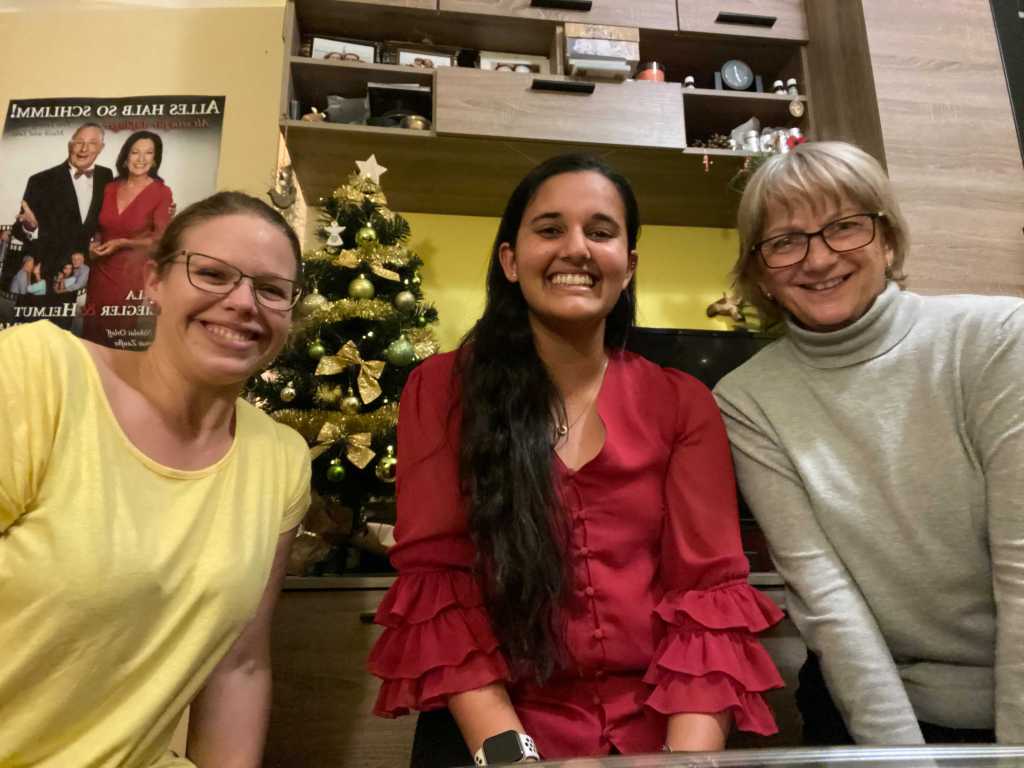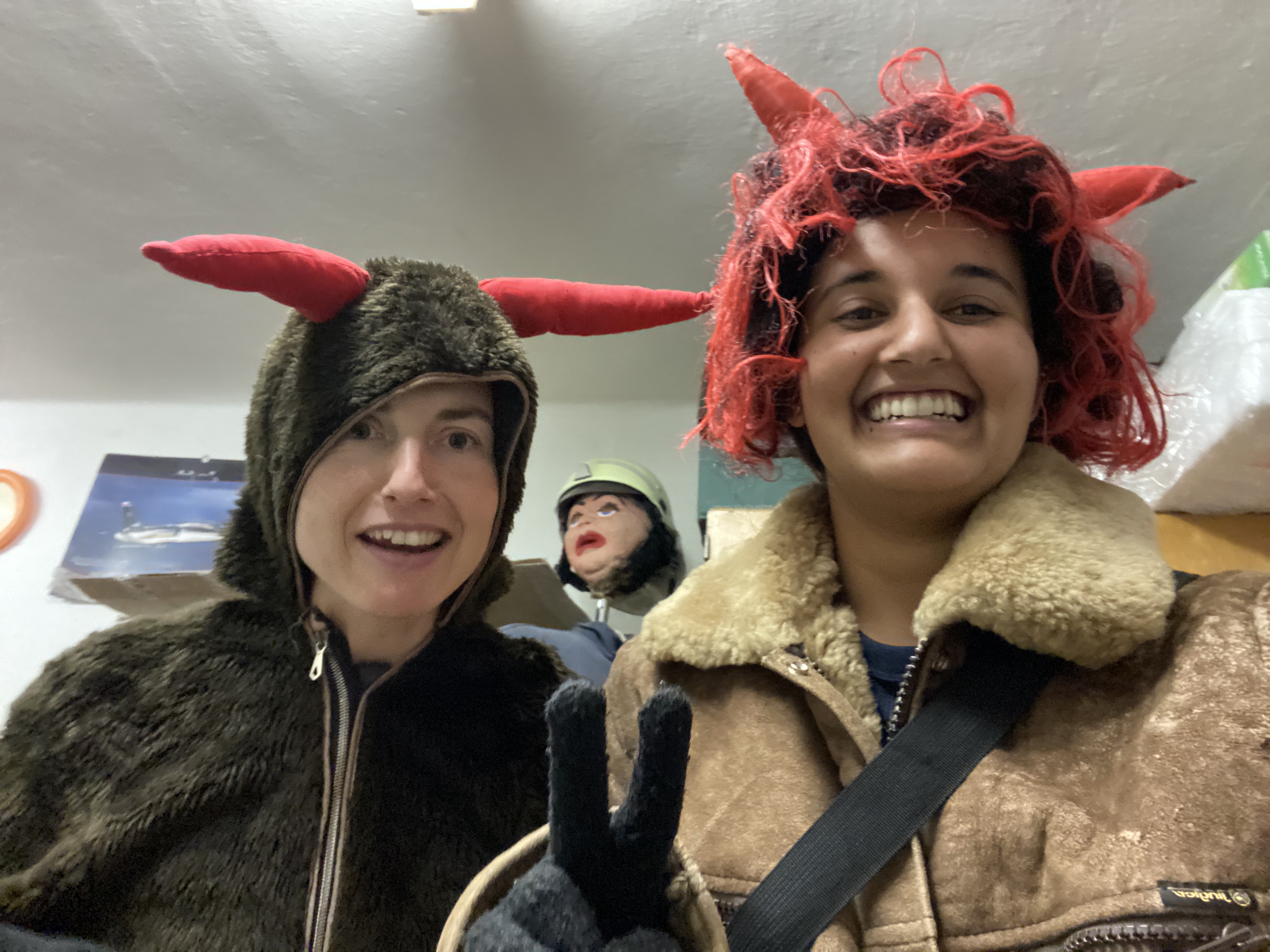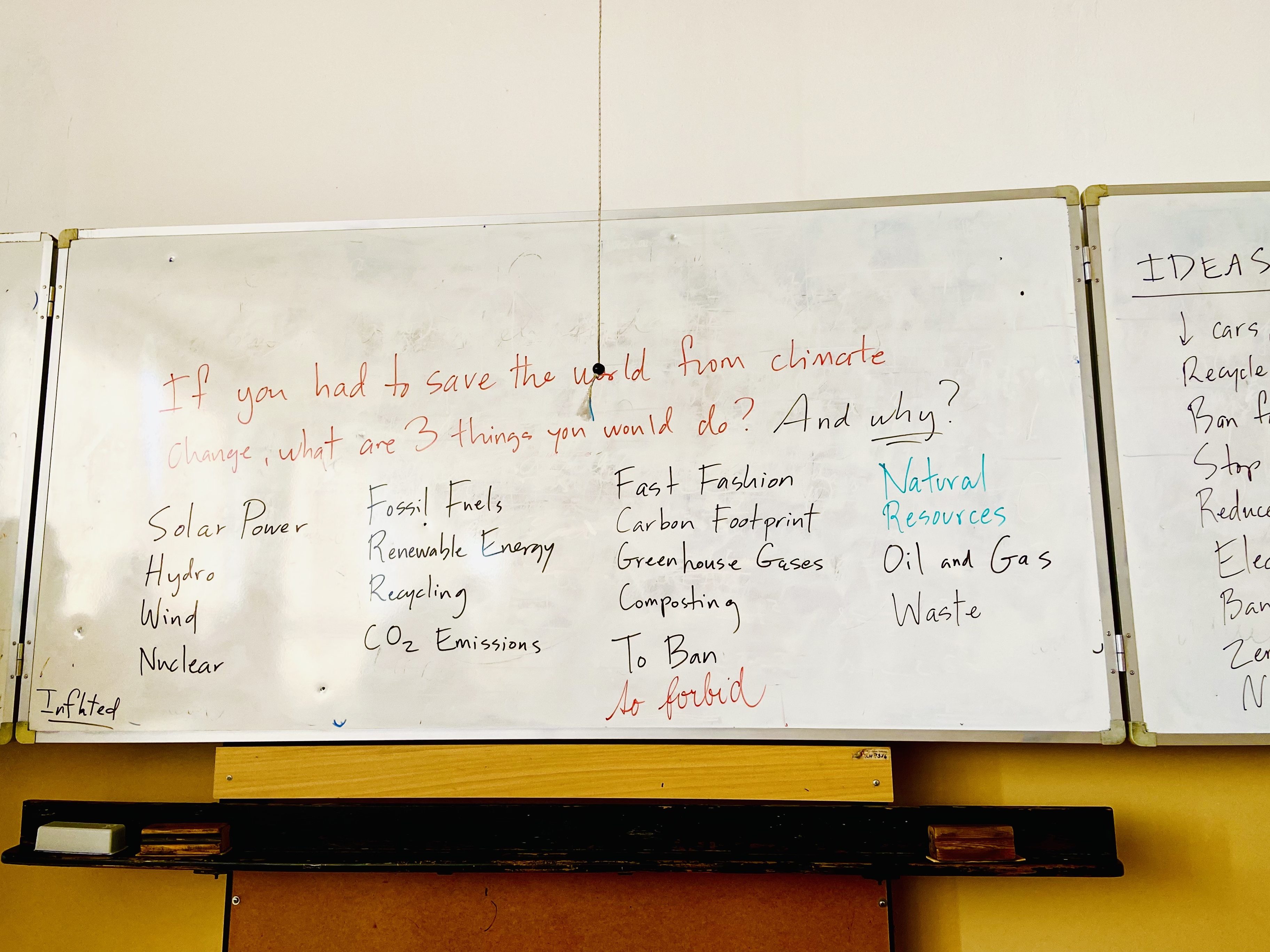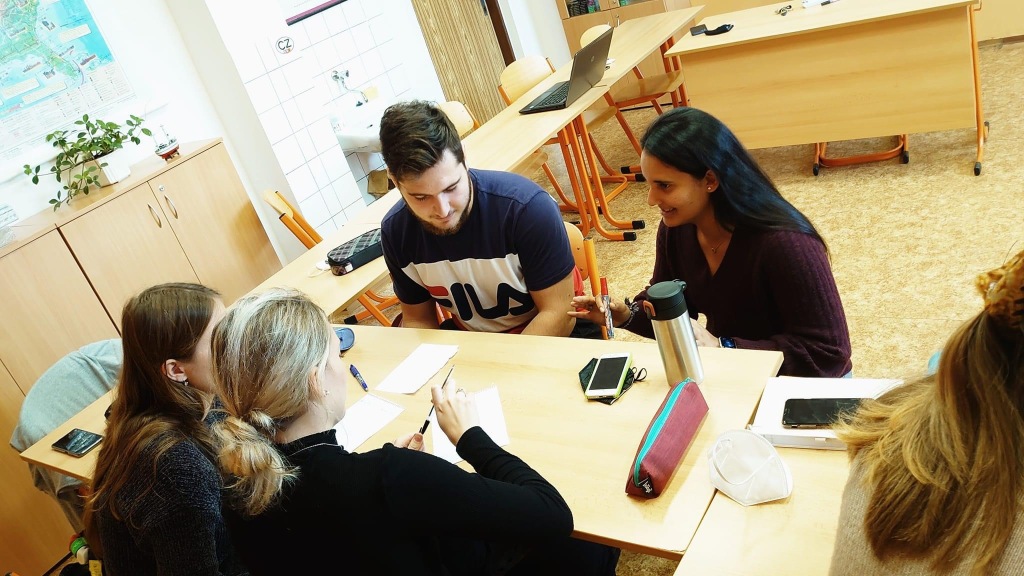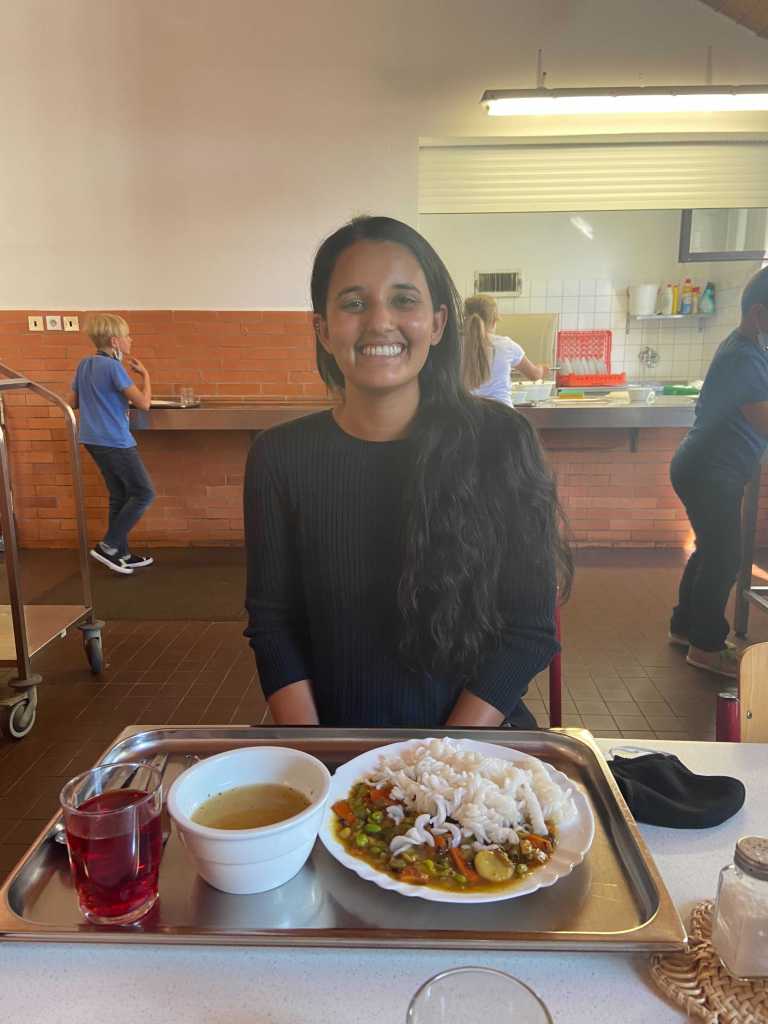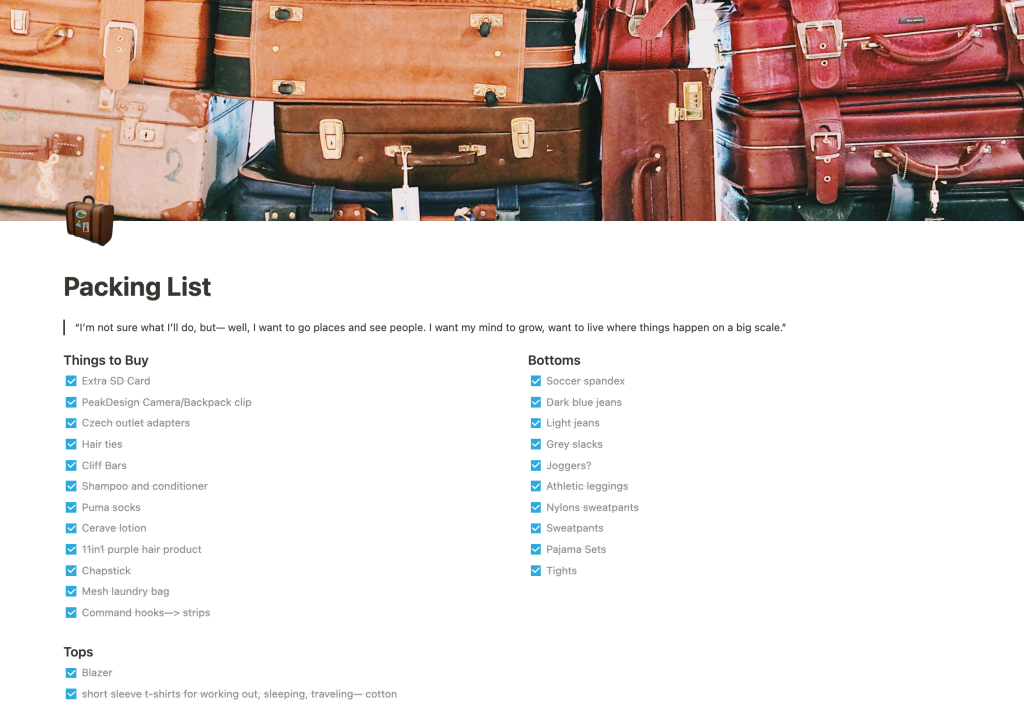
The crowd was animated. Classic rock filtered through the loudspeakers, friends hoisted posters and signs, and glasses were filled, drained, and then filled again. Students strode down the red carpet, wearing stunning dresses and striking suits, in full view of their parents, grandparents, teachers, and friends, all cheering them on with hearts filled with pride. As the night went on and everyone flocked to the dance floor, suits were swapped for shorts and heels exchanged for sneakers. Sophistication and grace gave way to the comfort of celebrating just as you are with those you love.
Czech proms were something I had been eagerly awaiting since the start of my Fulbright grant. In considering what to pack, past ETAs had recommended fancier attire and added a good-hearted warning that Czech proms are quite different from American ones.
In the United States, the end of senior year brings with it an air of bittersweet melancholy tinged with celebration. The anticipation builds with prom and graduation around the corner. Everyone buzzes with the excitement of dresses and tuxedos and promposals and corsages. The murmurs in the hallways grow louder each day as thoughts of schoolwork and tests fade into the shadow of prom. In this regard, Czech proms are remarkably similar to American ones.
The difference comes in the preparation as well as the execution of the event. As soon as Czech students enter high school (whether in a six year or a four year program), they immediately begin the process of fundraising for their prom. They must decide on a theme and pay for the venue, band, food, decorations, and all the other details that make for a worthwhile event. They also take ballroom dancing lessons with their peers at the age of 15 so that they may properly dance with their parents and teachers at their senior prom. This is a long-standing tradition in the Czech Republic and when I was invited to one of these dance lessons earlier in the year, I noticed parents fondly watching their children learn the same steps in the same room where they had learned decades prior.
I attended two proms this year— one for the graduating class of the four year program (4A) and one for the graduating class of the six year program (6B). Their proms were originally scheduled for January, but were moved to later in the year because of COVID-19 concerns. By April, the excitement for the proms had reached a fever pitch.
On the day of the first prom, I rushed home from our Fulbright Mid-Year Conference in Liblice so that I could get ready. I attended with a couple of the teachers from my school, walking the quick five minutes to the main event hall in our town. Right as I walked in, I met a few of the graduating students. They were dressed to the nines, bowties perfectly straight, not a strand of hair out of place. But, the most spectacular parts of their ensembles were the smiles that lit up their faces and the twinkle in their eyes.
One of the central features of a Czech prom is a video with all of the graduating students, highlighting the theme of the event. For 4A, the theme was GymplStar, a play on the Czech version of American Idol. Students and teachers were featured in the video as contestants and judges. They had filmed scenes all over town, and the culmination was a beautiful video that, at its heart, focused on the friendships they had forged and the memories they had made. I had the great honor of being asked to star in a few scenes for the video, and it felt like such a privilege to be a part of something that was so important to them.
The most important part of the prom was the introduction of the graduating class. As each name was called, the corresponding student would make their way down the red carpet toward the stage, surrounded by their classmates on either side, like a parting of the Red Sea. With a class of 30 students, they were as tight-knit a group as could be and I witnessed that in the hugs and handshakes they each exchanged while walking toward the stage. Each student’s walk to the stage was complemented by a song of their own choosing, from American rock or rap to traditional Czech folk songs. The student’s interests and accomplishments were then read out as they accepted a Maturant sash from their class teacher and a rose from the headmaster, signifying their status as a graduate of the school.
Having had the opportunity to teach these students for eight months, getting to see them enjoy and celebrate one of their most momentous occasions was extremely rewarding. While at school, I tend to think of the classes as single entities, a byproduct of teaching 300 students and needing a way to group them in my mind. But, at the prom, I got to see each student’s individual personality shine through. From the outfits they wore to the songs they chose, I got to appreciate the full breadth of who they are outside of the walls of our gymnázium.
Part of this was also seeing them interact with their family members.
Following the introduction of the students and after the speeches, the graduates have a first dance with family. For some, this may be with a parent, a sibling, or a grandparent. For others, it may simply be someone important to them. For the second dance of the night, the graduates ask the teachers for a dance. These traditions are a lovely homage to those who have helped the students reach this milestone in their lives. The proverb, “It takes a village to raise a child,” came to my mind more than once while attending these proms.

In my opinion, this is also one of the most noticeable differences between Czech proms and American proms.
American proms are for the students. Czech proms are for the community.
After the traditional first two dances were complete, everyone else filed onto the dance floor, swaying and singing the lyrics of popular Czech and American songs. It was during this time that I connected with students from other grade levels too. Younger students go to the proms to celebrate their peers, but also to get a better sense of what they want their own proms to look like in the future. It was with some of these students that I had one of the most memorable experiences of my Fulbright grant.
I was dancing in a group with various students from 5B, a class of juniors who are a year away from having their own prom. A slow song starts and one of the students invites me to dance. As we are swaying back and forth, he mentions that he would like me to teach a lesson on the topic of race in the United States. I should note that the students at this school have shown to me time and time again a genuine interest in understanding the world better, so a request like this was not surprising, but the timing of it certainly caught me off-guard. We started talking about the concept of identity, whether national or racial in nature, and discussing generational differences in ideology, both in the United States and the Czech Republic. Before either of us knew it, an hour had passed and I was being tapped on the shoulder by another student inviting me to dance. This impromptu conversation led to a series of lessons I prepared focusing on Race and Racism in America, as well as one on Personal Identity, to allow the students to reflect on who they are and how they fit into the world.
I often look back on that moment with wonder. In the midst of this celebratory event, in the center of a crowded dance floor, to have a nuanced and intellectual discussion about Czech and American identity— to me, there is no greater example of cultural exchange.
This is the true spirit of Fulbright. The moments when you feel so connected to the town and to the students and you get to just live in the happiness of the moment with them, like with the graduating students at their prom. But the hidden brilliance of Fulbright is in the unexpected moments: the ones often outside of the classroom, when a student or a teacher or a member of the community surprises you with something that leaves you feeling equally gratified and grateful.
These are the moments that will stay with me.









